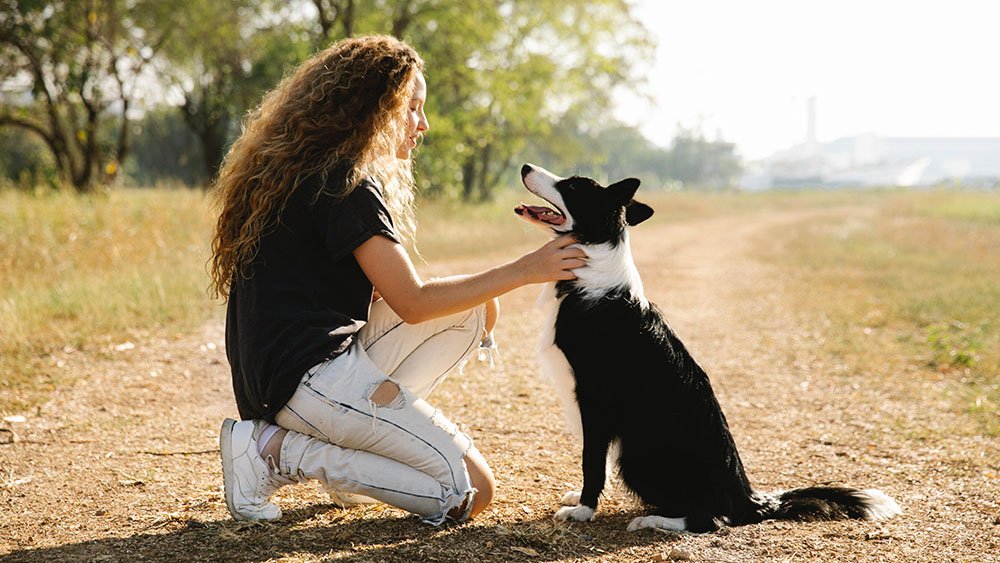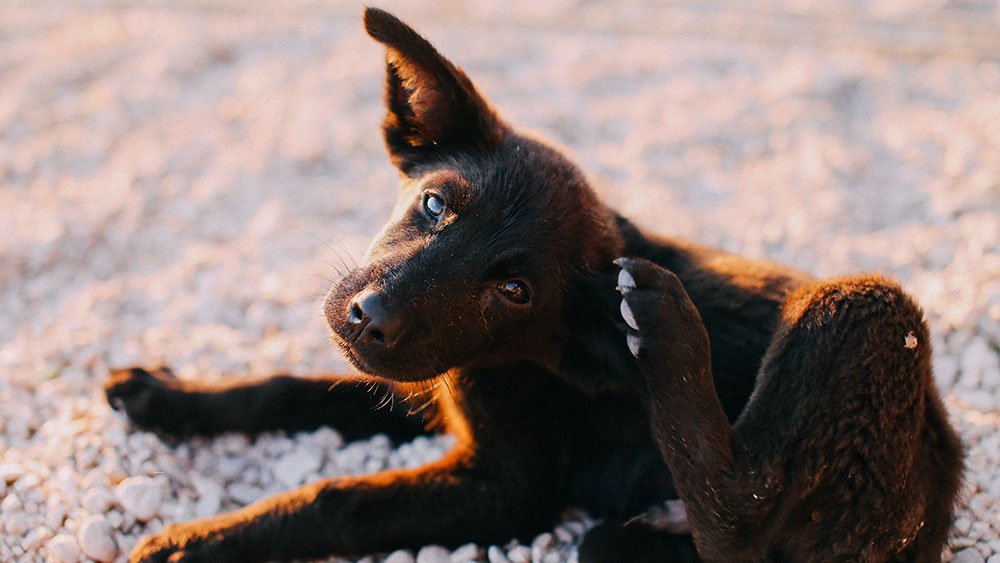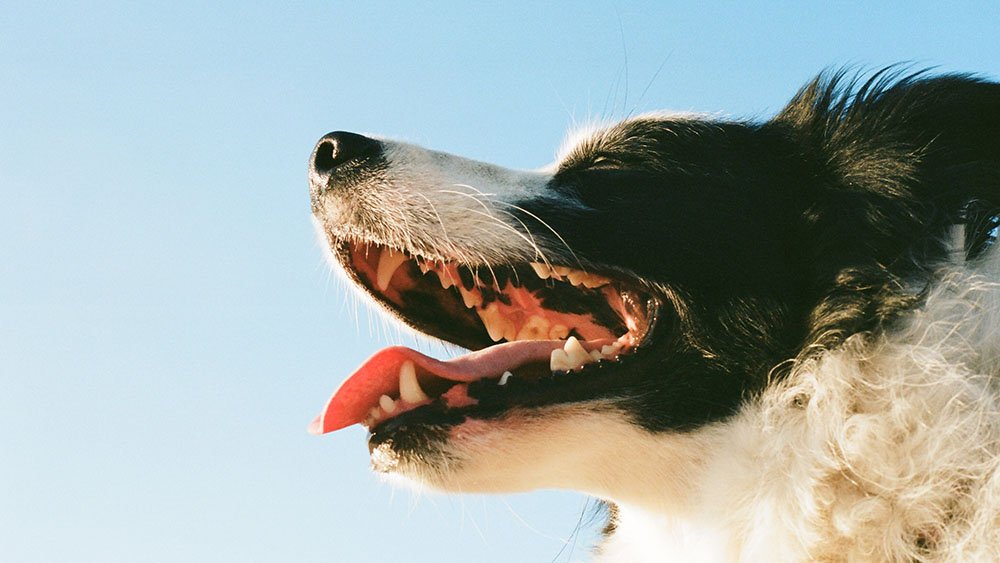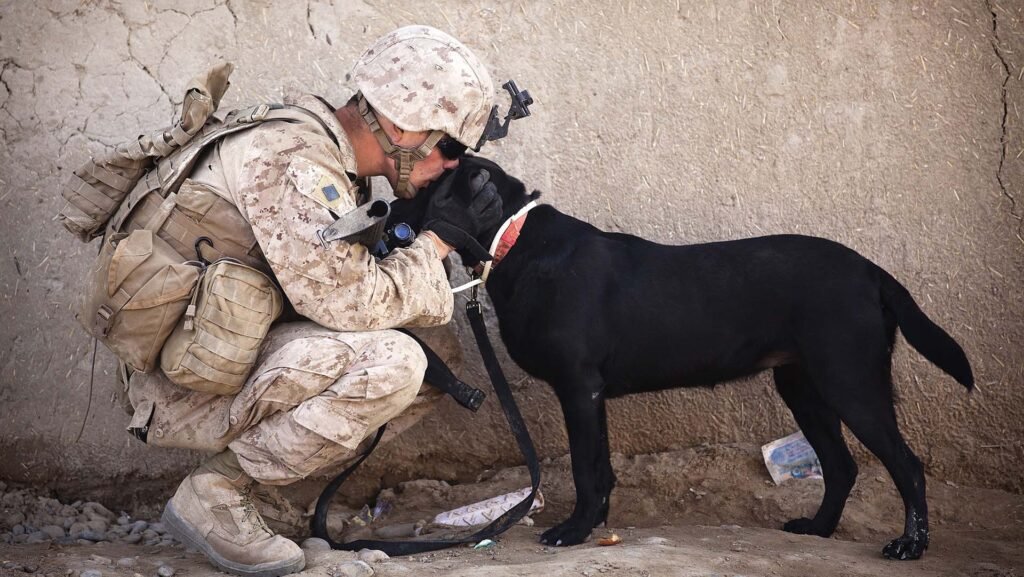Dogs are one of the most popular pets in the world, and for good reason. They’re loyal, loving, and make great companions. But did you know that their brains are quite different from ours? Here are three ways a dog’s brain differs from a human’s.
Dogs Have A Section Of Their Brain Devoted To Smell

Dogs have a section of their brain devoted to smell. This part of the brain is called the olfactory bulb, and it’s responsible for processing information about smells. The olfactory bulb is significantly larger in dogs than it is in humans, which means that dogs are able to process smells much better than we can.
In fact, a dog’s sense of smell is so powerful that they can be trained to detect things like bombs and drugs. Dogs have also been known to sniff out cancer in humans. Studies have shown that dogs can detect cancerous tumors with accuracy rates as high as 98%.
The Dog Nose is a Sensory Organ Humans have around 5 million scent receptors in the nose, whereas dogs have about 300 million. That s about one hundred times more than we have!
So next time you think your dog is just sniffing you because they want a treat, remember that they’re actually taking in a lot of information about you and your environment. Their noses are working overtime to keep them safe and healthy!
Humans Can Reason And Plan Ahead; Dogs Rely On Instinct

Dogs are often considered to be more in touch with their primal instincts than humans. This is because they rely on these instincts to guide them through life, whereas humans have the ability to reason and plan ahead.
There are a few key differences between the way a dog’s brain functions and the way a human brain functions. For one, dogs are much more attuned to their senses than humans are. Their sense of smell is up to 100,000 times stronger than ours, and they can hear frequencies that we can’t even perceive. This allows them to pick up on subtle cues that we would miss completely.
Another difference is that dogs live very much in the present moment, while humans often dwell on past events or worry about future ones. This means that dogs are less likely to hold grudges or experience anxiety about things that haven’t even happened yet.
But what about dogs who experience depression? In many ways, canine depression is similar to human depression. Both can express itself through lethargy and sadness. However, there are also some very important differences between the two.
Dogs Are Social; Humans Are More Individual

Dogs are social animals. They live in packs and work together to survive. Humans, on the other hand, are more individualistic. We live in smaller groups and each person is responsible for themselves.
This difference is reflected in the brain. Dogs have a much larger amygdala than humans. The amygdala is responsible for processing emotions like fear, anxiety, and aggression. This means that dogs are more sensitive to these emotions and need to be around other dogs to feel comfortable. Humans have a smaller amygdala, which means we’re less sensitive to these emotions. We’re more independent and can function without being around others.
The size of the hippocampus is also different between dogs and humans. The hippocampus is responsible for memory and learning. Dogs have a larger hippocampus, which means they’re better at remembering things than humans are.
In Conclusion
It is evident that there are many differences between a dog’s brain and a human’s brain. However, the most significant difference is in the size of the brain. The human brain is much larger than the dog brain, which explains why humans are more intelligent than dogs.



















